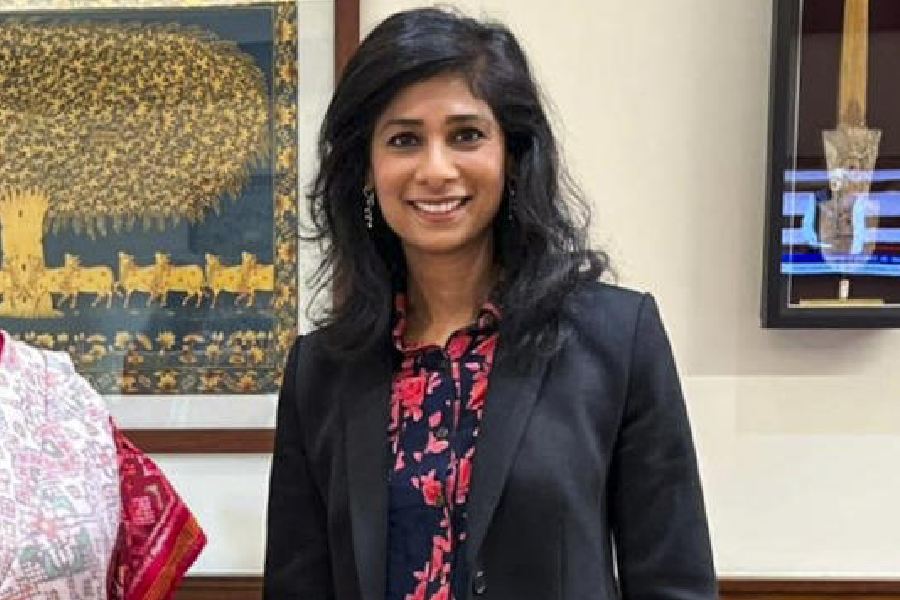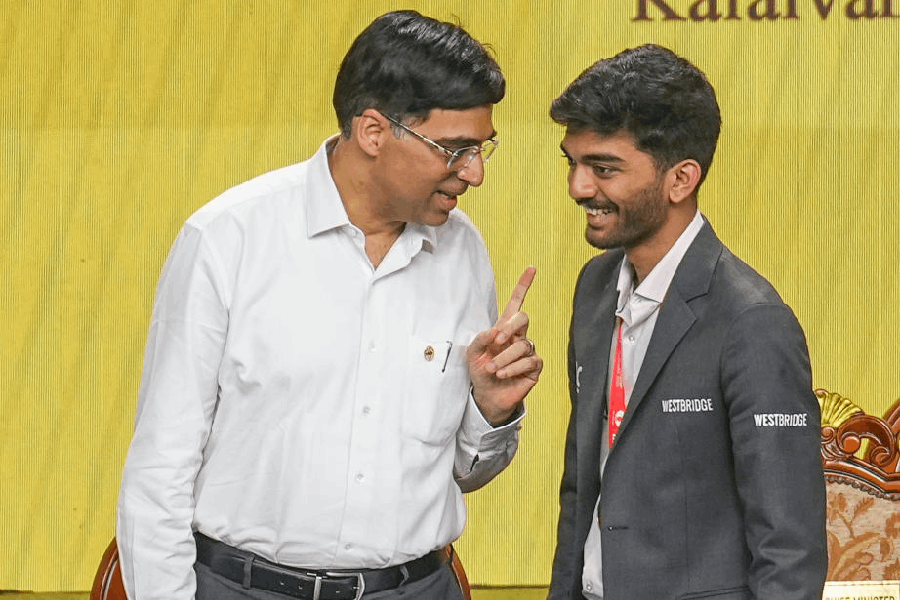 |
| People draw water from far-off places in Kendrapara town as the taps are going dry. Telegraph picture |
Kendrapara, May 17: Residents in urban areas of Kendrapara Municipality and Pattamundai Notified Area Council are experiencing a scarcity of potable water and as many as 172 settlements apart from these in the district are hit by the same crisis.
With summer at its peak, shallow tube wells go dry one after the other. The dysfunctional state of deep-dug tube wells has worsened the situation. Given the scenario, there is a risk of several water-borne diseases breaking out.
In Kendrapara Municipality limits, the water supply continues to be erratic with frequent power-cuts adversely affecting the water supply. Power breakdown has hit the pumping of water from the reservoir and its chemical treatment at the effluent treatment plant. So, large areas are not getting water. The situation at Pattamundai NAC is similar.
“Taps have been dry for the past 10 days. The situation is entirely man-made. Authorities were well aware of the impending crisis. But they failed to adopt precautionary measures,” said Debendra Rout, a resident of Kendrapara town.
Pitambar Pradhan, sub-divisional engineer of the public health engineering department said: “The prevailing crisis is due to load-shedding and a drop in the reservoir’s water layer. However water tankers have been pressed into service in water-scarce urban areas.”
Of the 1,579 revenue hamlets in the nine revenue blocks of the district, roughly 400 villages are hit by water scarcity. But officials maintained that around 172 villages in the region are actually affected. Over 300 other hamlets have turned water-deficient, as the tube wells are not working.
Overexploitation of ground water sources for agriculture purposes has led to the drastic fall in ground water table. With the monsoon rain being erratic, the scope for the ground water table getting recharged has diminished. The receding groundwater table has resulted in the deep-dug tube wells going out of order. Nearly 40 per cent of the 12,569 deep wells dug by rural water and sanitation scheme wing are defunct.
“The defunct tube wells are being made operational by finance commission grants. The gram panchayats are taking up the restoration works. The Rural Water Sanitation Scheme (RWSS) is providing the required machinery and tools for the purpose. The department is also extending technical expertise. The restoration work is slated for completion within a week. Things are expected to improve soon,” said RWSS executive engineer Basanta Kumar Senapati.










